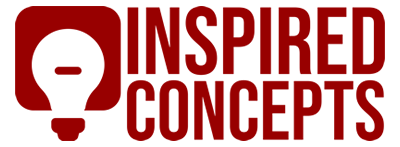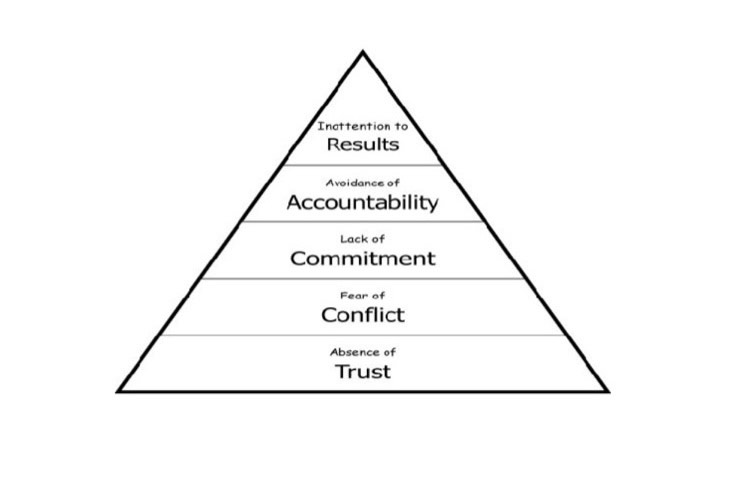Fostering Collaboration Within Teams: Patrick Lencioni’s Team Effectiveness Tool
Many successful organisations still operate at an average level due to a lack of cooperation amongst team members and an inability to work collaboratively to achieve organisational goals and deliver exceptional results.
Individuals do not have the innate ability to work with other individuals and so there’s bound to be a lot of dysfunctions when working within a team. Consider a singing group for example, different members of the group have the ability to sing on their own and if they come together and decide to just sing a song without an initial rehearsal on the part each person is supposed to sing, the timing, the rhythm of the song, etc, it will definitely be a disaster, despite their individual singing abilties. Picture when the reverse is the case and each person fully understands their individual parts, the synchronies, tempos and harmonies, it will be music to our ears; literally! Same goes for individuals in a team who despite their varied interests, strengths, and weaknesses, come together with the knowledge, courage, and discipline, to enhance cohesiveness and high performance.
In his book “The 5 Dysfunctions of a Team”, Patrick Lencioni gives us insights into why there may be a lack of collaboration among individuals and teams within organisations and how this can lead the most well-intentioned people falling into unproductive and unhealthy behaviors.
• Absence of TRUST: when team members are not vulnerable with each another and unwilling to admit their mistakes, weaknesses, or their need for help.
• Fear of CONFLICT: lack of transparency due to lack of trust makes it difficult to solve complex organisational problems or engage in unfiltered, passionate debate about key issues that need to be tackled.
• Lack of COMMITMENT: to decisions due to the lack of healthy conflict which creates a culture of vagueness, ambiguity and absenteeism.
• Avoidance of ACCOUNTABILTY: with no clear plan of action in sight. This results in missed deadlines of key deliverables and inability of individuals to call out their colleagues on poor behaviour and performance for fear of conflict.
• Inattention to RESULTS: At this stage, the business ultimately suffers when a team has lost sight of the need for achievement. Team members now have a high tendency to put their personal needs above the collective goals of the team especially when individuals are not being held accountable.
Understanding these 5 dysfunctions and how to avoid them helps foster team effectiveness and collaboration and creates a safe space where members of a team are able to speak up, help each other and leverage on each other’s strengths (building trust), confront issues as they arise and develop practical solutions with input from all team members ( harnessing healthy conflict), receive clarity on organisational objectives and align with these goals (fostering commitment), set clear standards and hold poor performers accountable. This will lead to a highly motivated team and extraordinary performance (delivering results).
Find out how we can use the Lencioni team effectiveness assessment tool to enhance your teams results, please contact info@inspiredconceptsconsulting.co.uk and to learn more about how to foster team collaboration, attend our upcoming Management Drives Experience. Visit the event page to register here



